- CRYPTOART
- 01/05/2024 @ 11:53 AM
As someone who grew up obsessed with science fiction, transportive world building, and retrofuturism, I've always been drawn to artwork that contains those sorts of aesthetic qualities. One artist I've been really enjoying lately is the Norweigan creative outrunyouth. Lets's dive in.
To begin, can you take a moment to introduce yourself to our community? Your name, where you are based, and the mediums you work in?
I'm Victor, more commonly known as outrunyouth, and I'm a 3D surrealist artist from Norway. My work revolves around themes of mystery and escapism, often set in familiar yet otherwordly environments. I mainly work in 3D, Blender specifically, as it enables me to sculpt my ideas with an unprecedented amount of freedom.
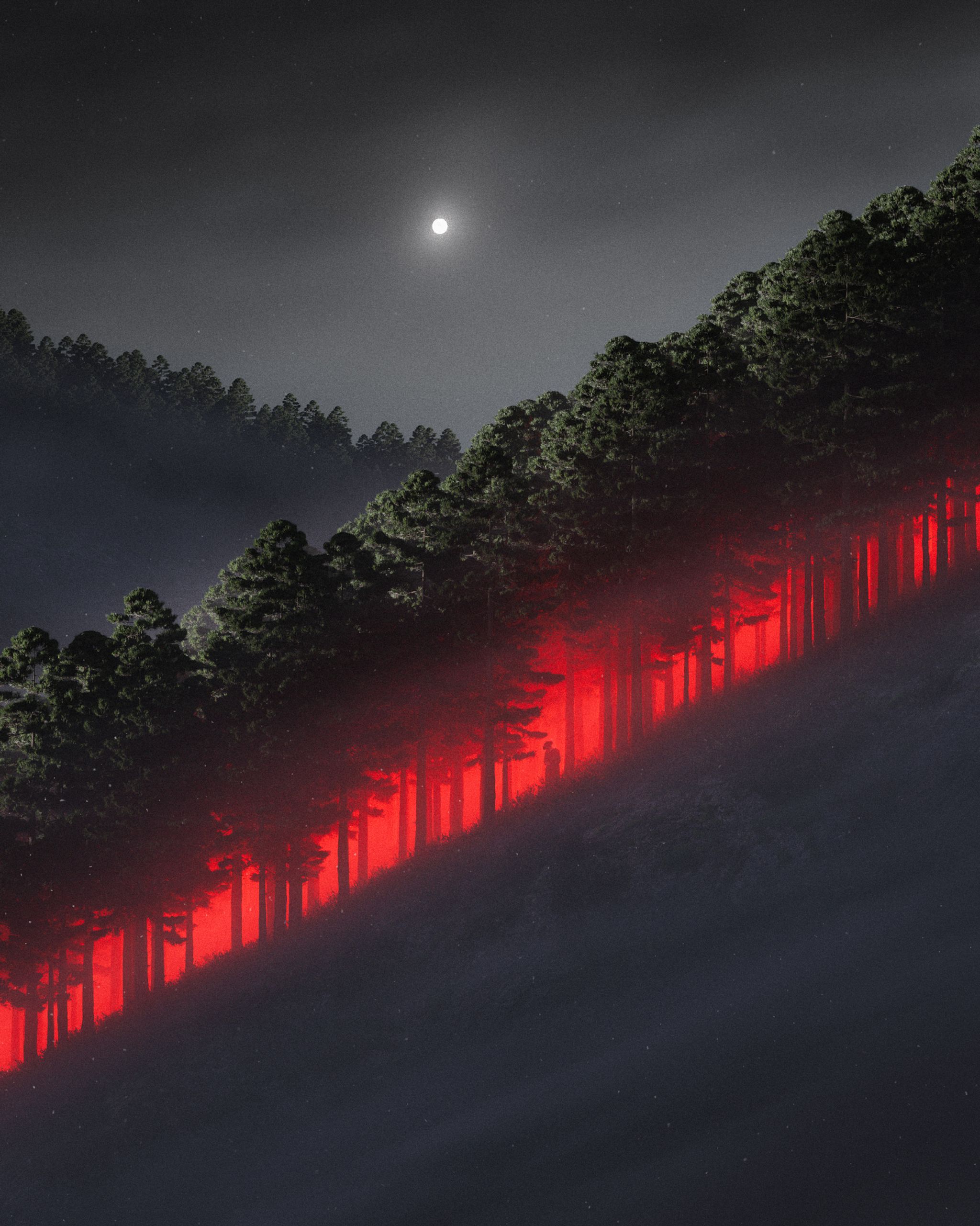
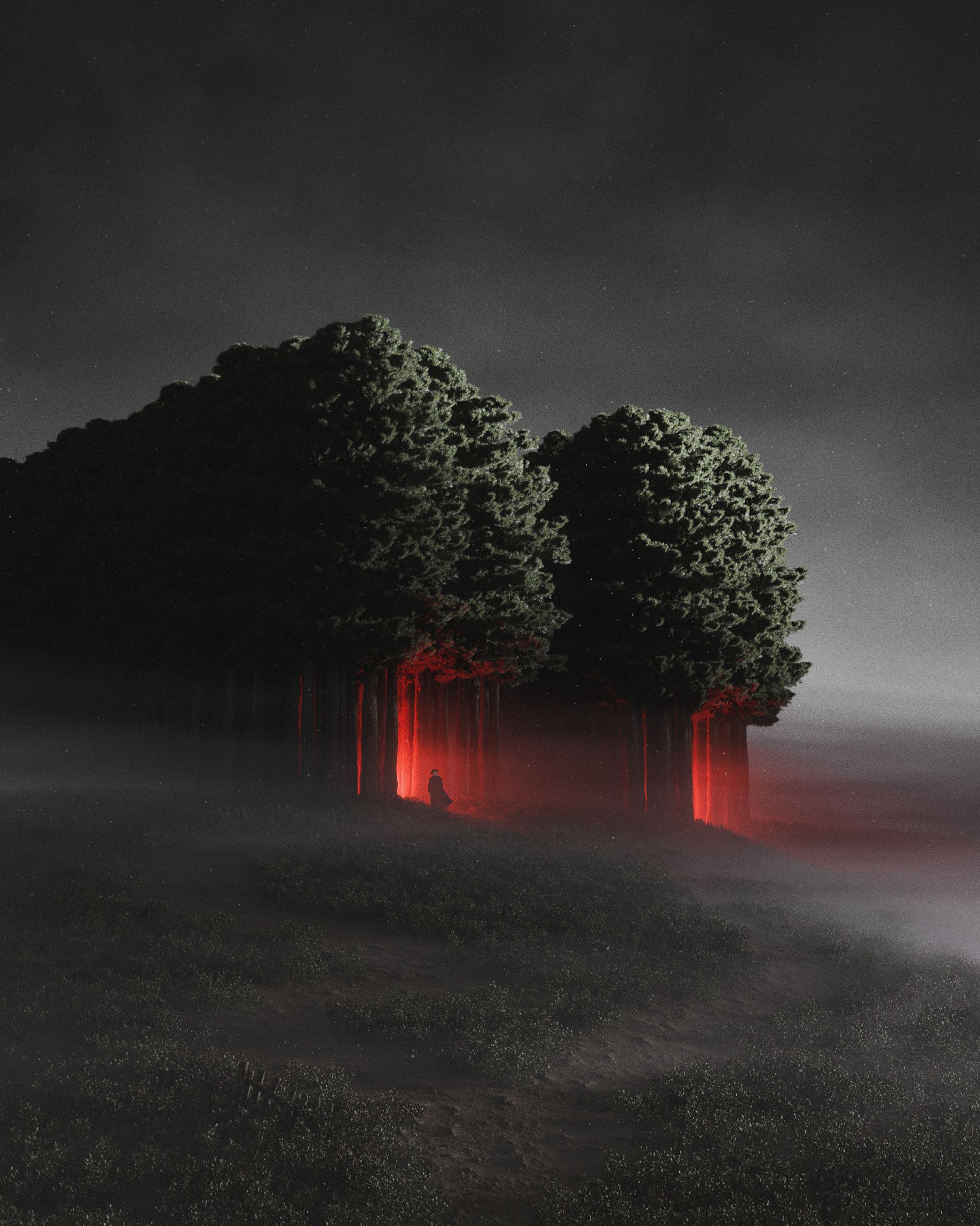
Fascinating- I really enjoy your work. It speaks to a lot of the aesthetics I love most... I'm wondering if we share inspirations from things we've encountered over the years. What are some of the places you draw inspirations from? Are there specific movies, games, artists or stories that helped you find your particular way of expressing your craft?
I always find it difficult to sum up everything that inspires me, because there's a lot. From the surreal paintings by René Magritte, to the scenic tonalism of Albert Bierstadt, to John Martin's cataclysmic work. The Nordic forests from where I grew up and the solitary nature of them. My grandfather who moved to Paris in the 50s to be a painter. Minimalism, symmetry, music, movies, nature, people, everything.
What fascinates me most is the unknown—folklore, dreams, and the complexities that elude easy understanding. It's in these mysteries that I often discover a wellspring of inspiration.
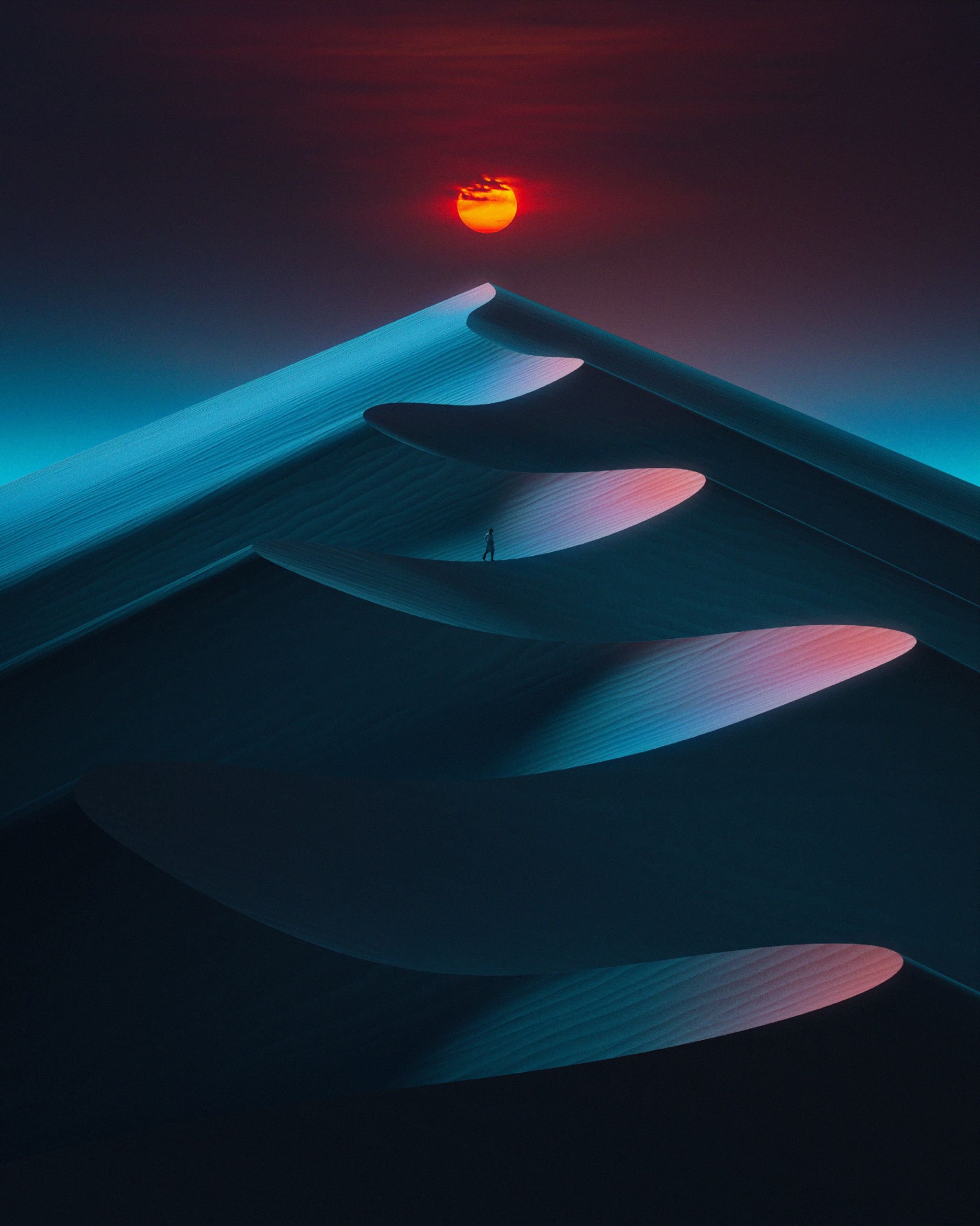

Beautifully said, I can see those influences pushing through in your work. Glad to have a bit more context around what inspires you.
A lot of these influences are timeless, some even ancient. We live in a hyper saturated, digital age where the tools to share and create work are ubiquitous to the point where its almost overwhelming. How has your experience been with creating and sharing your work digitally? Pros and cons perhaps?
In my experience, as someone with no background in traditional art, the freedom that comes with these digital tools is invaluable. I was able to quit my job, pursue what started as a hobby, and turn it into a career very quickly. Nowadays, barrier of entry is low, making anyone with a phone and access to the internet a few clicks away from bringing their imagination to life. You can now create, share, and receive feedback from basically anywhere in the world instantly, which I find beautiful.
However, some individuals tend to discredit digital artists, perhaps due to a lack of understanding or a traditionalist mindset. The misconception that creating art on a computer is somehow less authentic or skillful is a hurdle that digital artists often face. It reflects a common resistance to embracing innovative mediums and technologies, echoing the fear of the unknown.
There used to be a limited number of ways for digital artists to make a living. Additionally, digital artists have had to constantly battle people stealing, using, and distributing their work without proper payment or credit.
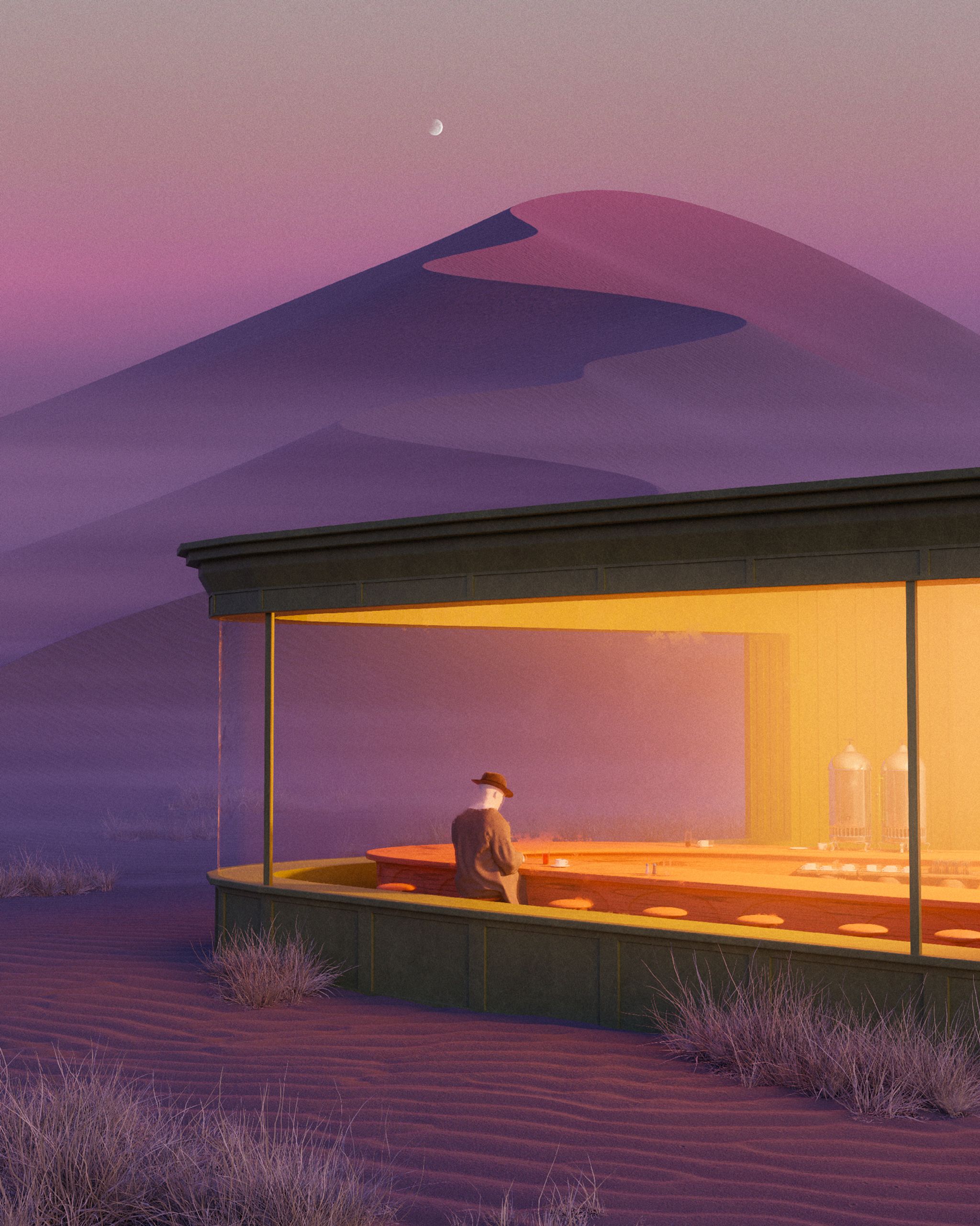
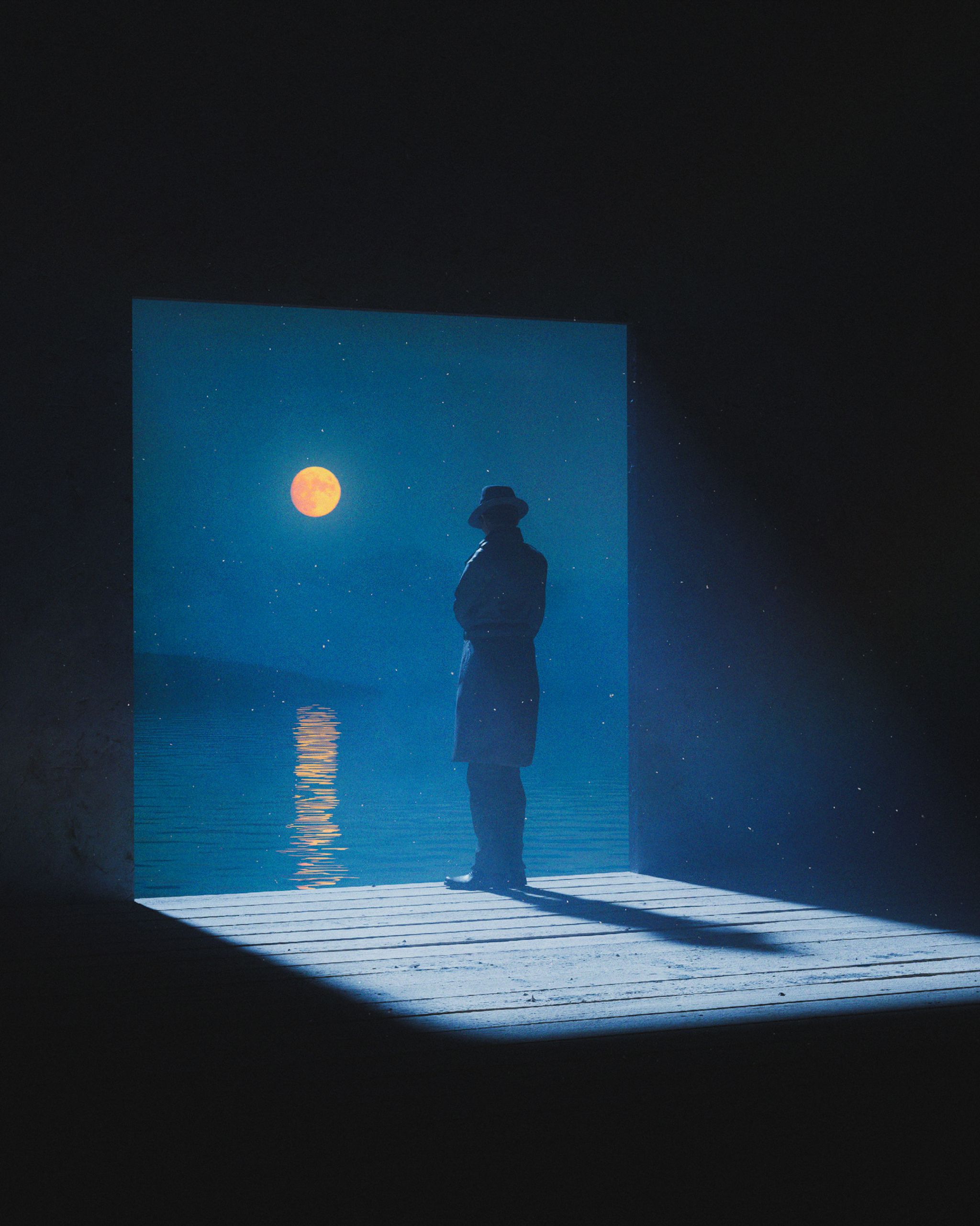
Luckily, with the rise of Web3, artists are taking back their power in the form of tokenization, digital authentication, and transparent ownership.
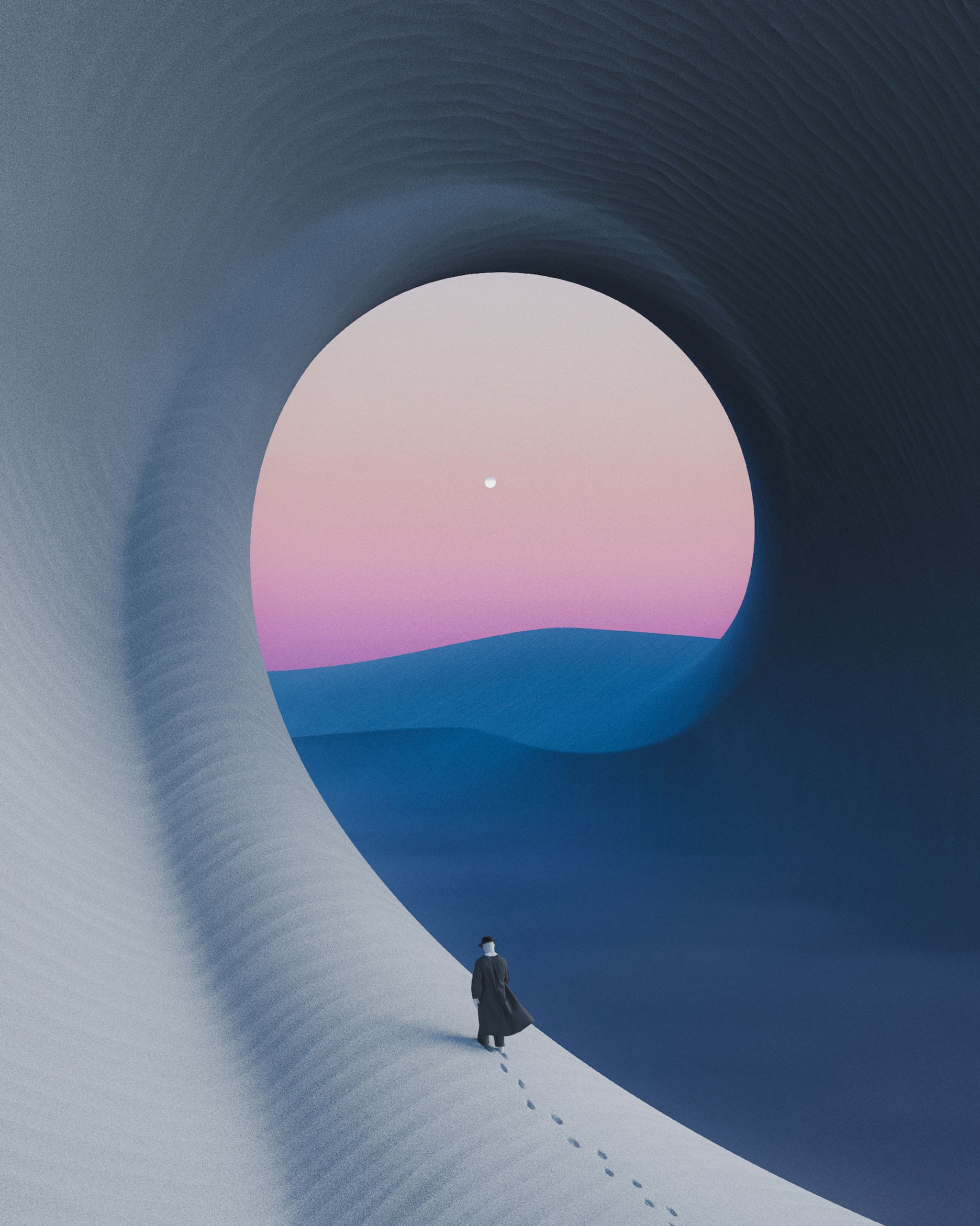
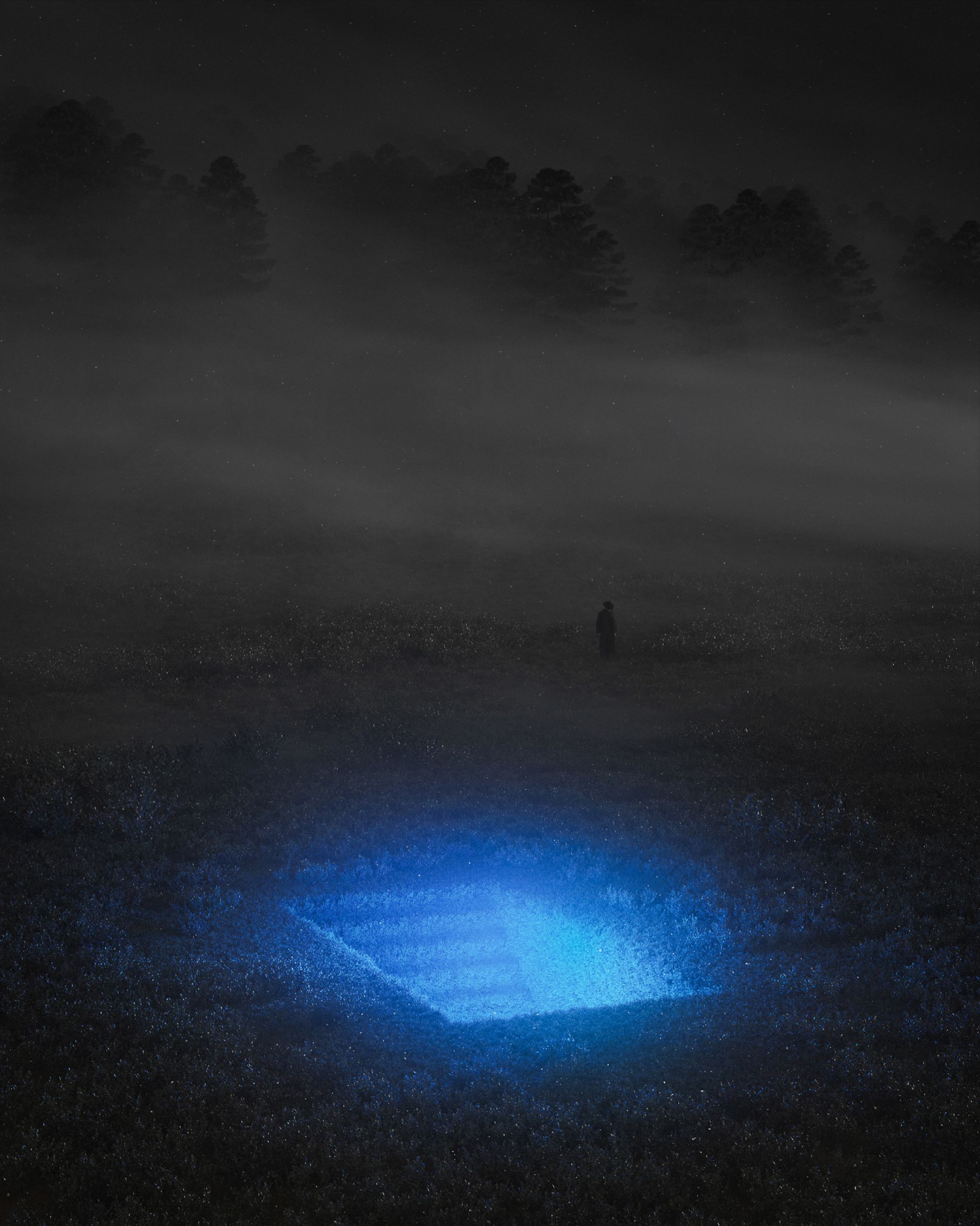
One thing I constantly have to remind myself is that all tools go through a period of fear, uncertainty, and doubt- but if the tools improve a process, or open up new realms of possibilities, they are inevitably embraces and absorbed into culture so deeply that we basically take them for granted. The resistance to photography in the early stages of its development was extreme- those who are willing to stay curious and fight against the counterflow have an extreme advantage by learning new techniques ahead of the curve.
The classic example of this was with the rise of industrialization and the Luddite movement that worked to undermine technological advancement in factories.
I think it has a lot to do with the way we are hardwired to resist change. For so long in our evolutionary timeline, it was a way to protect ourselves from the unknown. We need to resist those tendencies and embrace the changes IMO. I'm curious for you to expand upon your thoughts about Web3 and how it can help artists who are digitally native. Can you elaborate please?
Brilliantly said, and I wholeheartedly agree. In essence, Web3 offers a paradigm shift in how artists create, share, and monetize their digital work, providing a more inclusive and empowering environment for digitally native creators. Artists can showcase their work on platforms that operate without a central authority, providing more autonomy and control over their creative endeavors. NFTs enable artists to tokenize their digital art, establishing verifiable ownership and authenticity.
Direct monetization allows artists to receive direct and transparent compensation for their work, eliminating the need for intermediaries. And of course, the transparent and immutable nature of blockchain ensures that the provenance and ownership of digital art are secure.
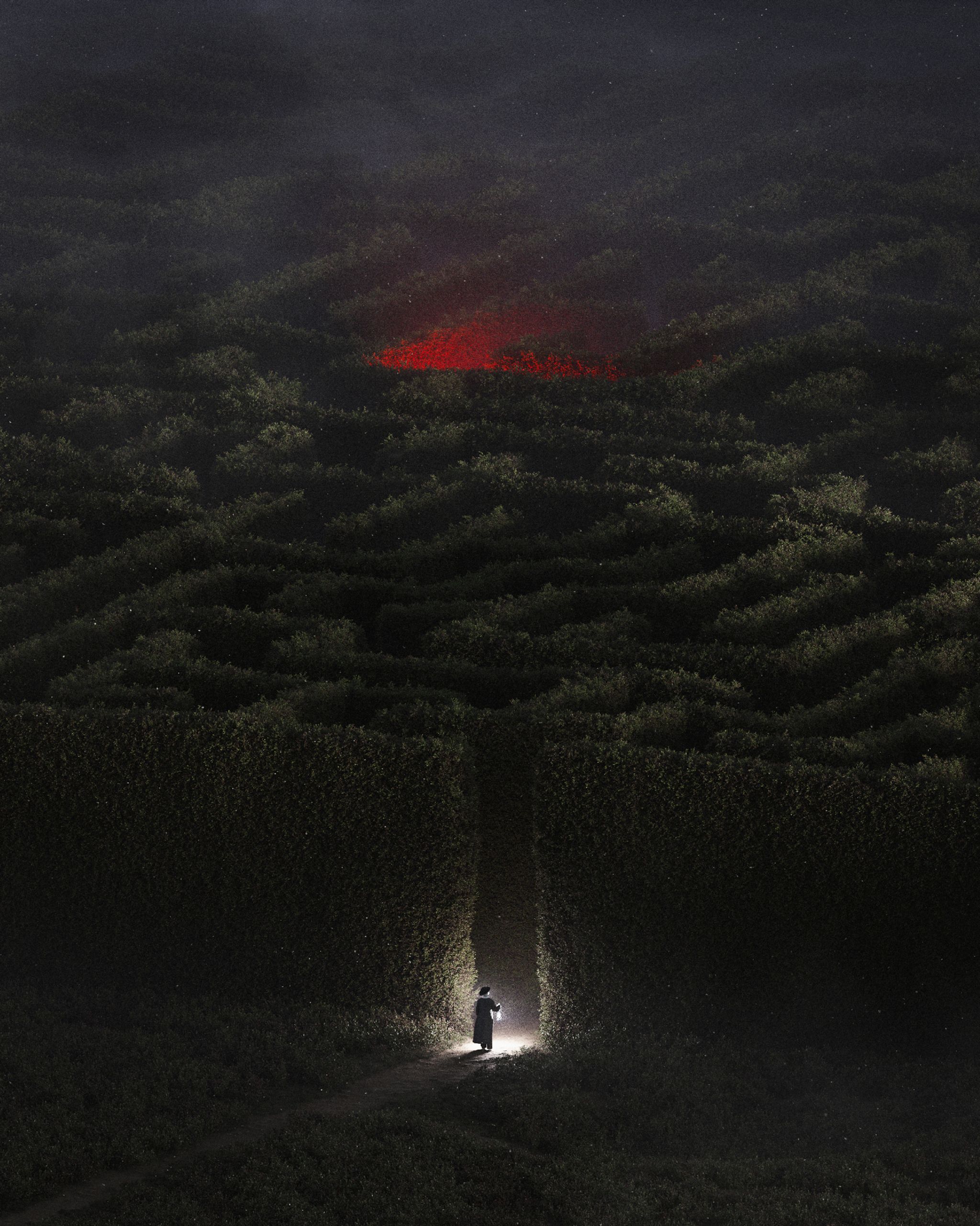
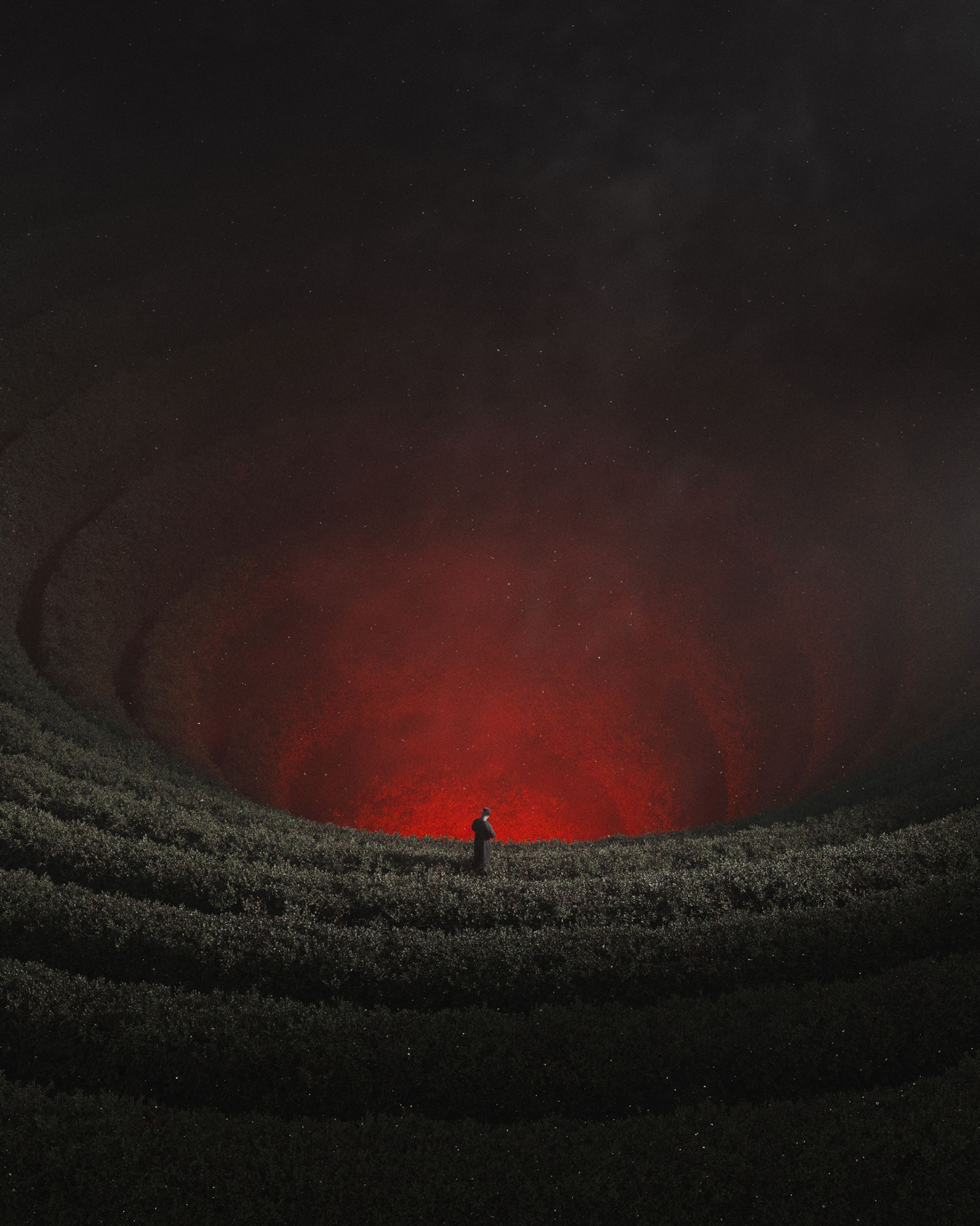
I think, digitally native or not, blockchain technology is something every artist should learn about. The difficult part of Web3 is that it's quite niche, and therefore onboarding people from the outside takes a bit of extra effort. But I believe with time, this will become much easier. In a few years, tokenizing your art will probably be as normal as installing anti-virus on your computer.
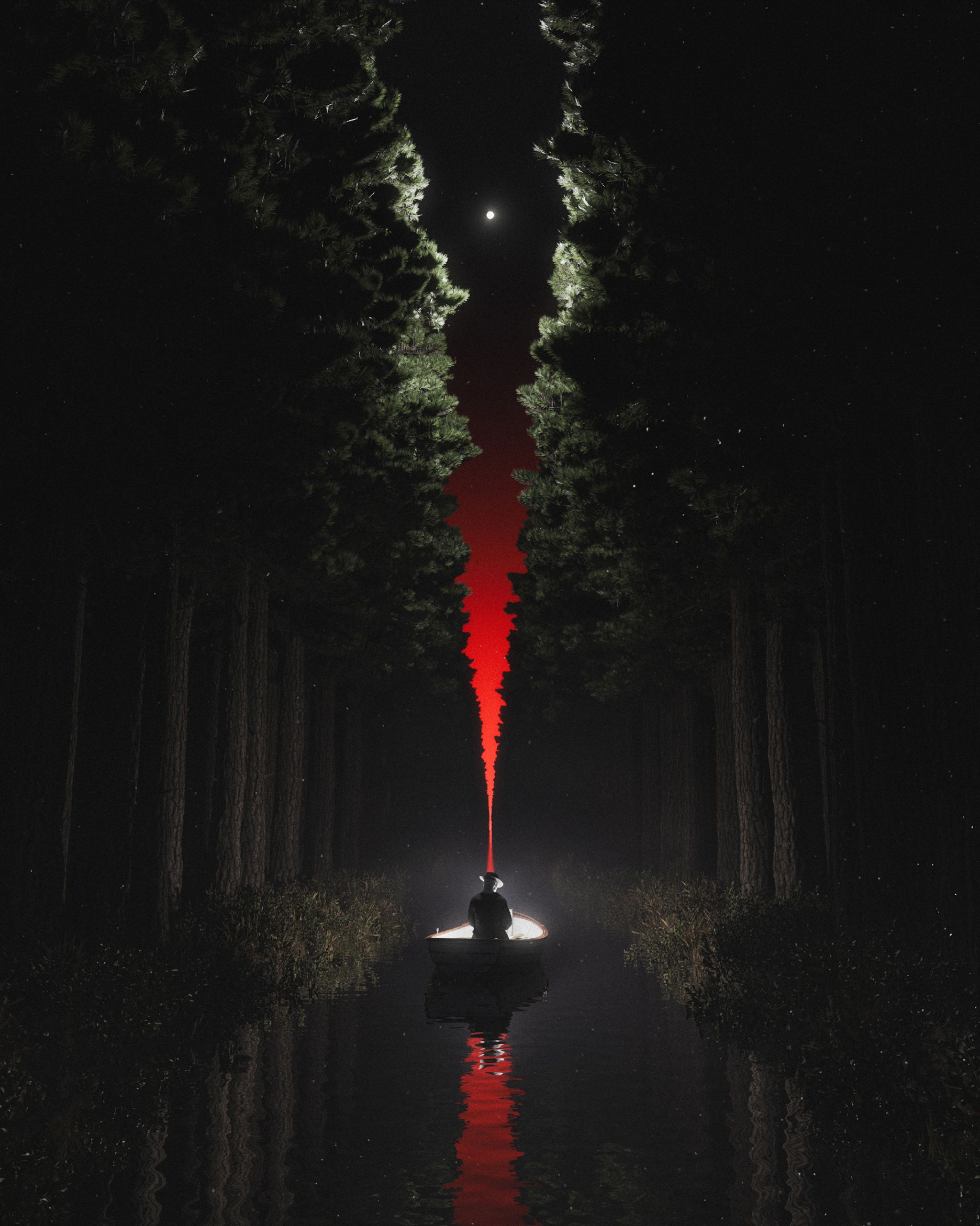
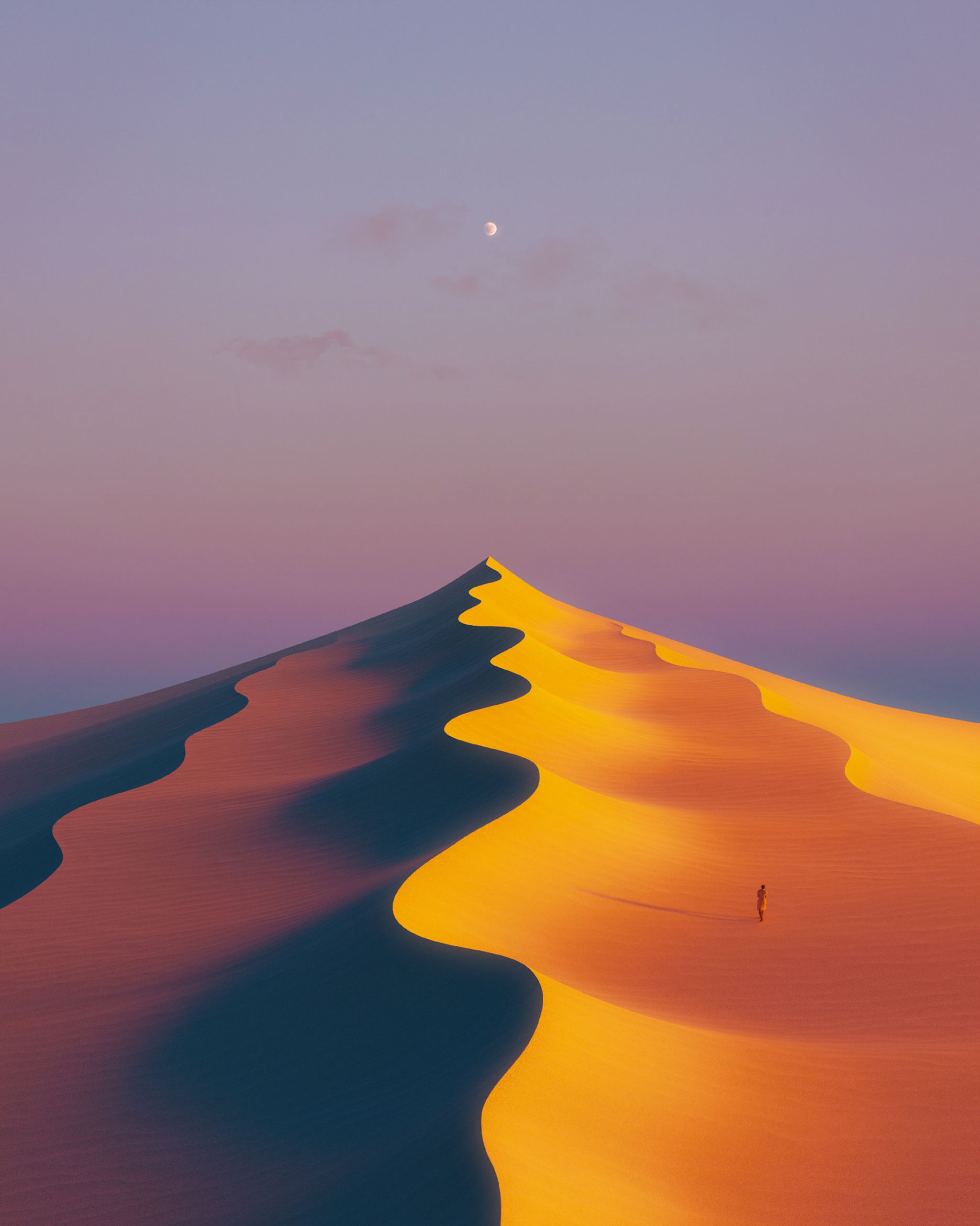
I tend to agree - the dynamics of peer-to-peer transactions are so powerful I think once you "get it" its impossible to go back to extractive systems where we have value being syphoned off at every stage of the transaction. Web3 allows us to take home the lion's share of the value that we create in online spaces. That makes a huge difference in terms of runway for future projects and increases our ability to survive and thrive as artists online.
I often say I can do more with 1,000 collectors than I could do with a million passive followers.
Let's talk a bit about your creative process. Can you walk us through a typical arc for your work, from the inception of the idea to its state of finality?
My process starts with a pencil and a sketchbook. Mind you, I can't draw to save my life, but I find it extremely helpful to roughly sketch down ideas that surface throughout the day. I then translate those ideas in Blender 3D. Building a scene doesn't take too long, it's the slight and meticulous adjustments of lighting, choosing the right colours and composition that takes time, and it's also what makes all the difference.
A lot of the time I'm just staring at what i'm making, almost in paralysis, forming a life around the artwork, letting my mind wander freely between the pixels. This is the proccess I enjoy the most. Submerging myself completely in the proccess. Sometimes the end product may be very similar to the initial sketch, other times it ends up being something completley new.
Once I'm satified, which isn't always, I render the artwork and import it into Photoshop and Lightroom for post-processing. This is where everything is tied together. I usually do the Lightroom editing on my Phone, so the finished product and how I see it on my phone, is how others will see it on theirs.
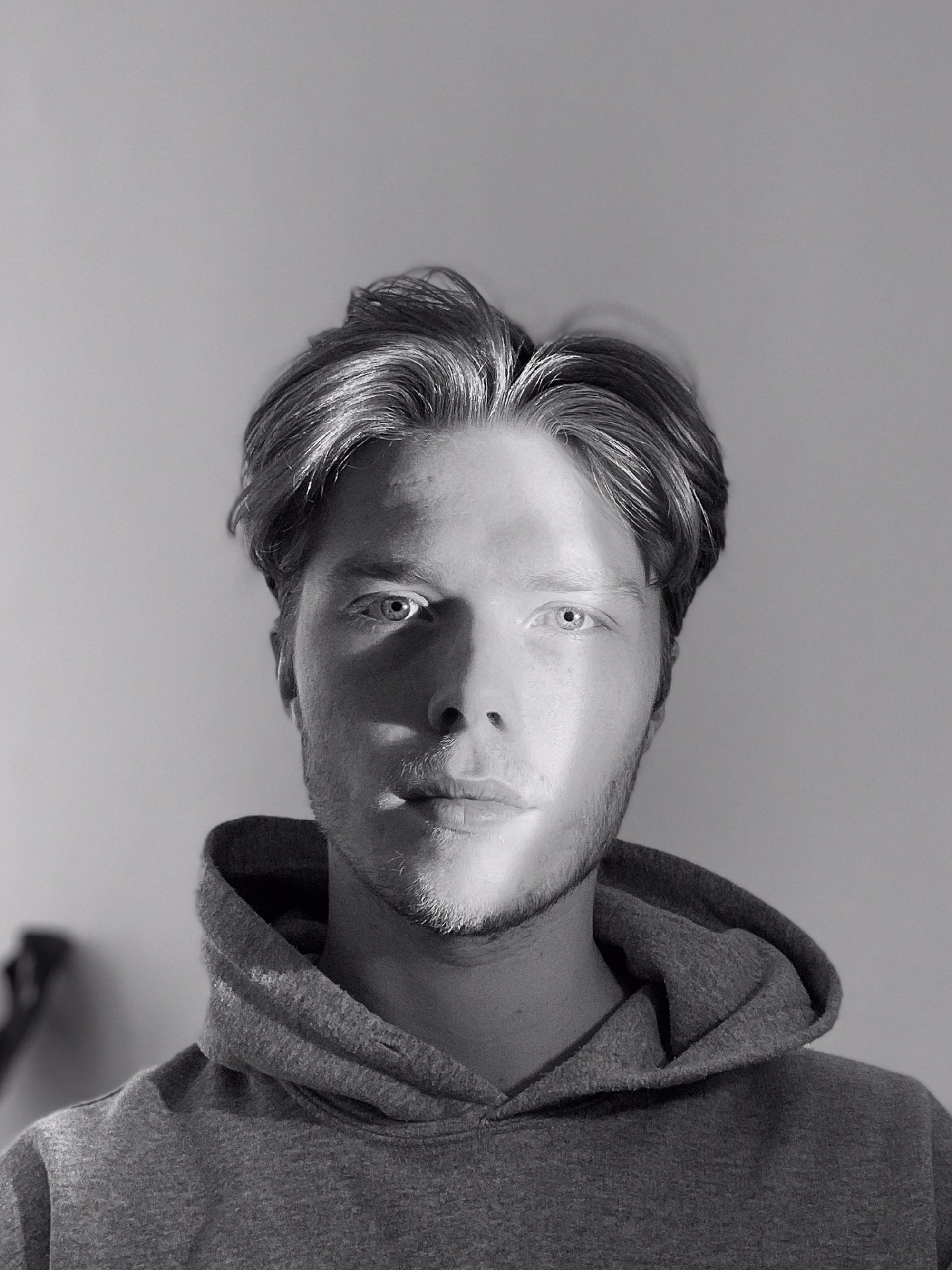
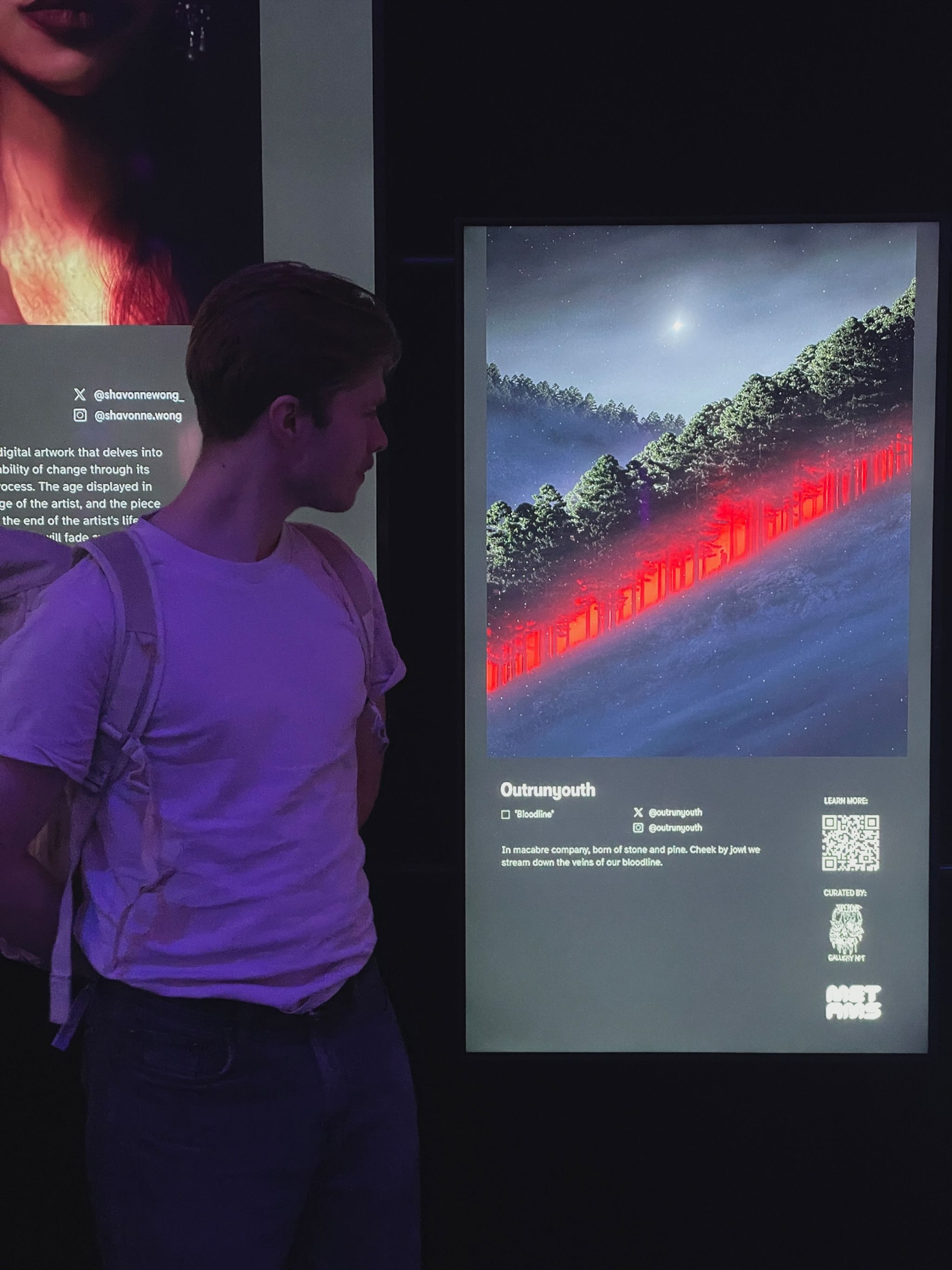
Sounds meditative. Love to hear the process behind these transportive creations.
One final question I love to ask everyone- what is some advice you could impart to someone who is earlier on their creative path?
Be consistent, connect with like-minded people, navigate together, ascend. Reach for the version of yourself that would reach back.
Cultivate a balance between honing technical skills and nurturing a distinctive voice. Above all, stay authentic to yourself and your vision.
Beautifully said. An absolute joy to speak with you today, and I am grateful to have been exposed to not only your art, but your creative wisdom as well.
To the reader, keep up with all things OUTRUNYOUTH by checking out his Linktree.
